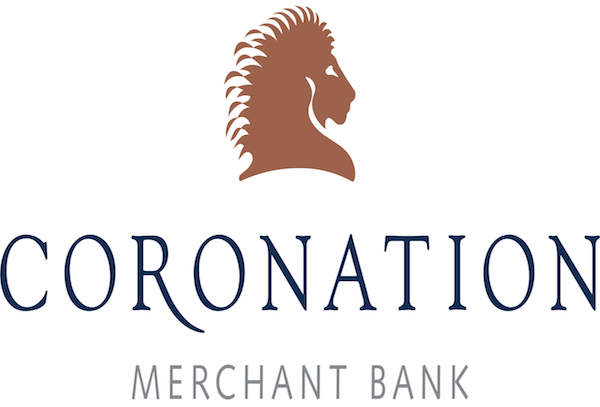Coronation Merchant Bank Limited has announced its audited financial results for the year ended 31 December 2019, with a 14 per cent rise in its profit after tax, to ₦5.097 billion, up from the ₦4.484 billion recorded in the comparable period of 2018.
The results also showed that Coronation Merchant Bank’s total assets grew by 14 per cent, from ₦222.78 billion in 2018, to ₦253.35 billion as at December 2019, just as its loans and advances to customers increased by 34 per cent, to ₦72.68 billion as at the period under review, from ₦54.3 billion in 2018.
In addition, the bank’s customer deposit was up by nine per cent, to ₦138.08 billion as at December 2019, compared with the ₦126.90 billion recorded in the comparable period of 2018, while its shareholders’ funds increased by 11 per cent, to ₦34.57 billion, up from the N31.15 recorded in 2018.
Some of the key ratios showed that the bank’s capital adequacy ratio increased to 19.17 per cent, far above the regulatory requirement, as against the 19.65 per cent realised in 2018; regulatory loan-to -funding ratio also stood at 71.1 per cent as at Dec 2019, up from 51 per cent as at December 2018; and non-performing loan at zero per cent.
Commenting on the financial results, the Acting Managing Director of Coronation Merchant Bank, Banjo Adegbohungbe, said, “despite the volatility of our operating environment, we navigated the headwinds that dominated the year to deliver a modest performance in our financial results. We will continue to actively partner with our customers to support their aspirations and deliver sustainable returns whilst being guided by our values of leadership, innovation and integrity.
“Non-interest income grew by 64 per cent, which was mainly driven by trading income. The bank took advantage of the market volatility and increased market penetration in fixed income trading in the year. During the year, the bank fully divested from its subsidiaries returning its focus to its core strength of banking. This divestment is expected to free up additional capital and increase shareholders’ value.
“Operating expense declined moderately due to effective cost saving initiatives implemented by the organisation. The bank was able to curtail the year-on-year operating expense which dipped by one per cent despite prevalent double-digit inflation.
“The bank’s risk assets recorded an increase of 34 per cent mainly attributable to the need to aggressively cover the earning asset gap in the face of declining yields and to ensure continued compliance with regulatory measures to improve lending.”
Source: THISDAY














